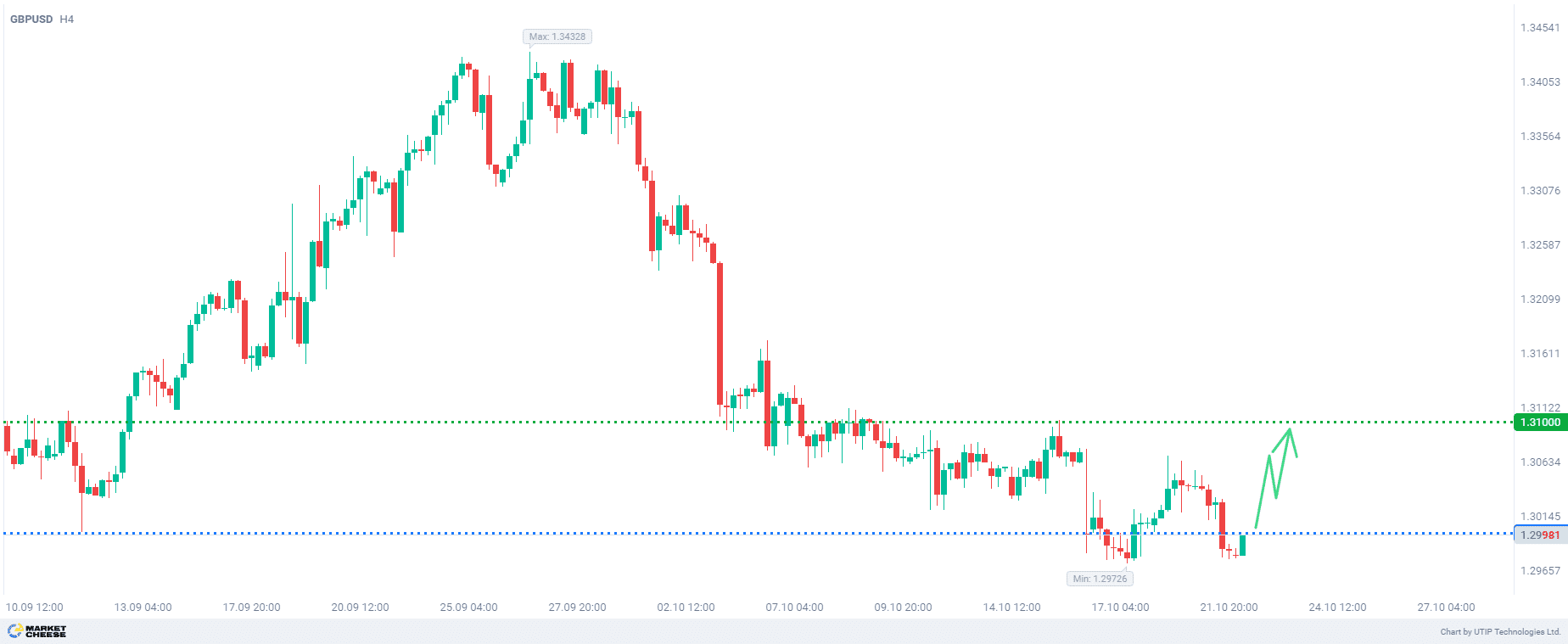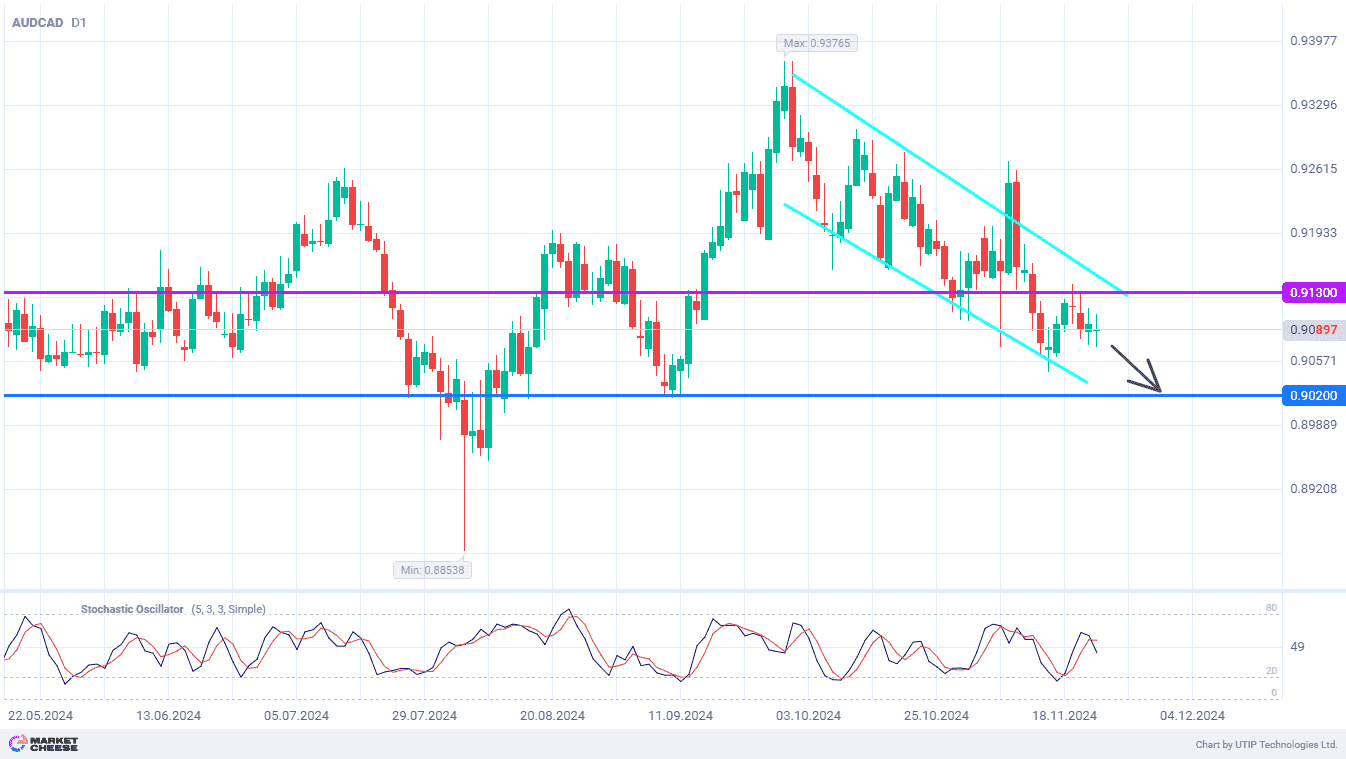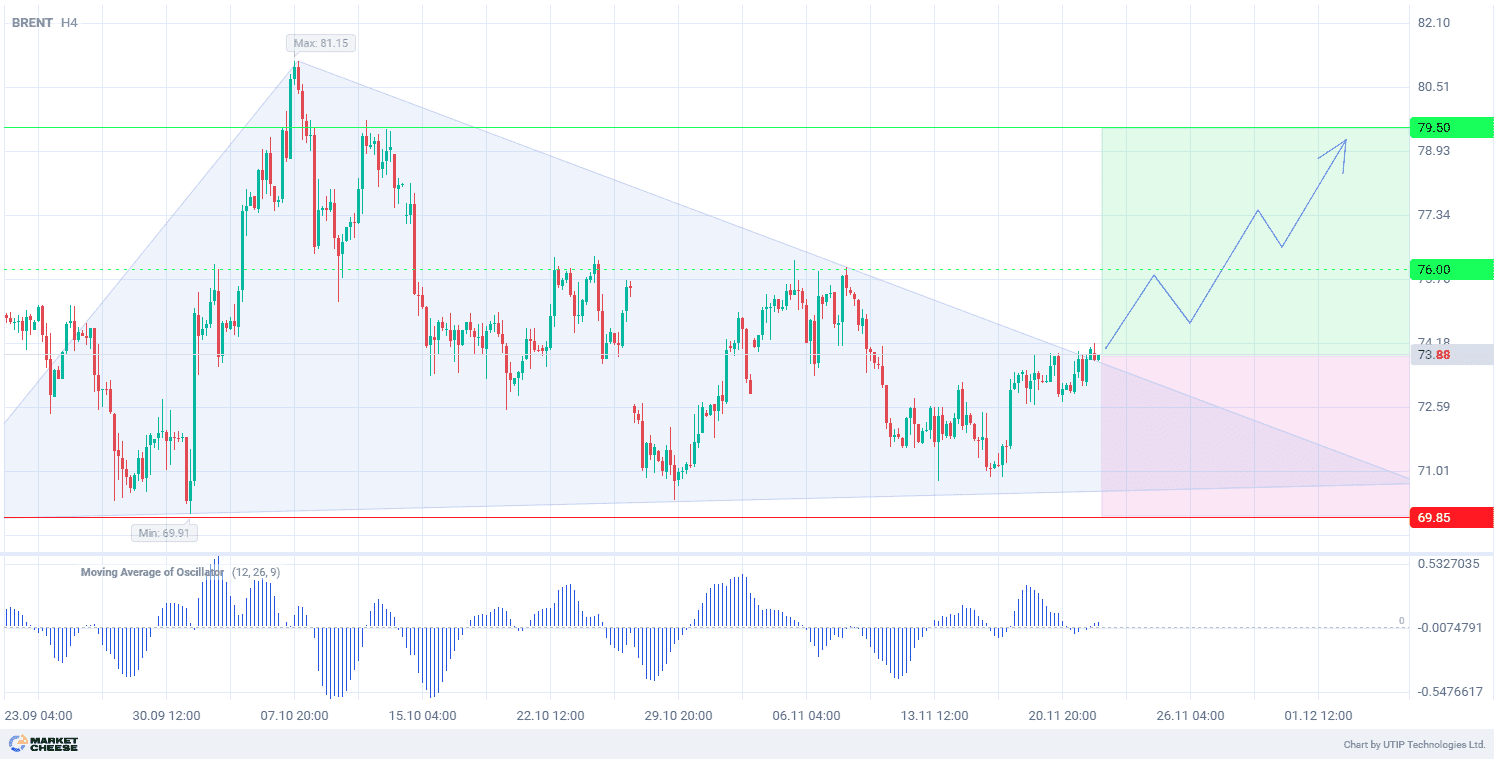Yesterday, four Federal Reserve officials expressed support for further interest rate cuts, but seemed divided on how fast or how large those cuts should be.
Three of them, citing the economy’s strength and uncertain outlook, favored moving slowly, using words like “moderate” and “gradual” to describe their views on the appropriate pace of rate cuts.
Mary Daly, the president of the Federal Reserve Bank of San Francisco, said she believes the Fed’s policy is very tight and doesn’t think a strong economy, as long as inflation is falling, should prevent the central bank from cutting rates further.
The remarks provide a glimpse into what is expected to be a wide-ranging but closed-door debate about the appropriate path of policy at the Fed’s upcoming Nov. 6-7 meeting.
After Friday, US central bank governors will maintain a communications blackout, refraining from any public comment on their views on monetary policy until the Fed announces its policy decision at the end of its two-day meeting on Nov. 7.
Last month, the Fed cut rates more than expected to a range of 4.75% to 5% as inflation and the labor market cooled. It was the first rate cut in four years. Fed policymakers’ economic projections, released later, showed that most believe further rate cuts are appropriate.
These discussions set the stage for increased volatility with a focus on further weakening of the US dollar.
GBPUSD has been attempting to break through the 1.3000 support level since last week, and is likely to make several more attempts before retreating to the 1.3100 mark, which is the next resistance level for GBPUSD.
The overall recommendation is to buy GBPUSD.
Profit could be taken at 1.3100. A stop loss could be set at 1.2900.
The volume of the opened position should be set so that the value of a possible loss, defined with a protective stop order, does not exceed 2% of your deposit.










